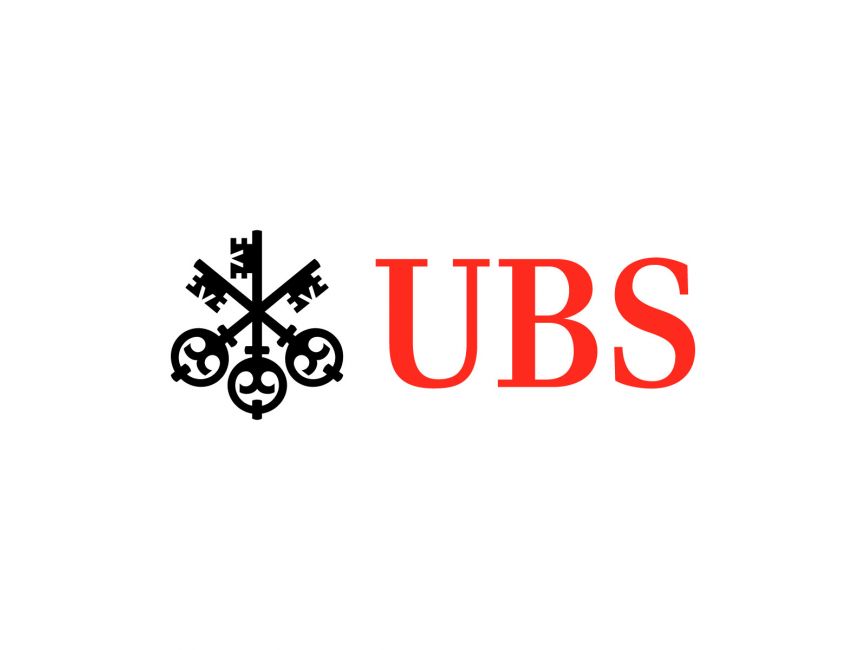With the use of the word defensive in UBS Asset Management’s recent four-strong options ETF range, there can be no doubting the strategy being employed in selling their product.
The launch of the quartet comes at what might be called a delicate moment, both in terms of the markets and for ETFs as a wrapper.
The COVID-19 crisis and its ramifications are still being played out and to an extent this product is designed to appeal to investors nervous about what might come next.
“Volatility in markets can also return, depending upon the macro environment and a wide range of additional factors,” a UBS spokesperson said.
The four ETFs are the UBS ETF US Equity Defensive Put Write ETF (SPXPW), the UBS ETF US Equity Defensive Covered Call ETF (SPXCC), the UBS ETF Euro Equity Defensive Put Write ETF (E50PW) and the UBS ETF Euro Equity Defensive Covered Call ETF (E50CC).
But while the use of the word defensive suggests the Swiss asset manager is appealing to investors worried that the worst of the current crisis might not be over, the mechanics of the strategies are more clearly designed to give investors cover when markets are actually trending sideways.
“These products are not mainly designed to perform during high peaks of volatility but more specifically during periods of sideways movements when there is a degree of uncertainty in the markets,” explained Timo Pfeiffer, chief markets officer at Solactive, the index provider for the ETFs.
Steady the buffs
As with many other forms of ETF, defensive funds have a longer history in the US where they are known as buffer ETFs. Johan Grahn, head of ETF strategy at Allianz Investment Management in the US, which has a set of Buffered Outcome ETFs on offer, said there has been a growing demand for “risk-managed strategies” in recent years, due in part to a decrease in investors’ risk appetite.
“Protection is top of mind for both for baby boomers entering retirement who need to de-risk and millennials who are risk-averse stemming from the impacts they saw from the 2007-2008 and the current financial crisis,” he continued.
For evidence, he cited Allianz Life’s quarterly market perceptions study the latest edition of which shows that more than half of respondents (52%) say now is a good time to remain neutral and not take any actions with their investments while 44% say they wish to maintain their investments but not add any new money.
Moreover, for Grahn, the change in attitudes has been accompanied by a shift in interest, from institutional manager down to consumer and their advisers.
“Because of factors including persistent market volatility, rising unemployment, and the search for yield in the current low interest rate environment, we believe the demand for (buffered outcome) ETFs will only increase,” he added.
European demand?
Still, the question remains whether this type of product innovation will find a willing audience in Europe. The market conditions will certainly be similar, as Peter Sleep, senior investment manager at 7IM noted, with the ongoing virus crisis and this year’s US presidential elections looming large.
Yet buffered or systematic option-selling products “are not the type of products that walk off the shelf like a traditional S&P 500 ETF”.
Last month, WisdomTree shut its Cboe S&P 500 PutWrite UCITS ETF – USD (PUTW), which was designed to provide some protection to the downside, just two years after launch following a lack of demand from investors highlighting the potential demand issue UBS AM faces.
While the firm said they do not see any “specific” demand for these ETFs, Sleep argued the bank has a “great” sales network. “I would imagine that their private bank could be a channel that might find index-enhanced ETFs attractive.”
As Pfeiffer said: “Private clients are also keen on optimising the risk-return profiles of their portfolios in the same likes as institutional investors.”
Another liquid option
For Henry Cobbe, head of research at Elston Consulting, buffer funds look more like another liquid alternative strategy product, taking advantage of the ETF structure to deliver the ability to allocate or deallocate very quickly and conveniently. This compares well with similarly intentioned traditional OEICs.
“As we saw in March, during the period of heightened daily volatility, the four-to-five day dealing cycles (eight-to-10 days for an unfunded switch) of traditional OEICs create significant and unintended market timing risk,” Cobbe continued. “The ETF format offers a timelier way of adding or removing a particular exposure.”
Superficially, the same arguments have been made in favour of smart beta but Pfeiffer argued the design and purpose of these products differs from buffer ETFs.
“Smart beta is tilted at generating alpha by applying optimised strategies, while buffer ETFs intentionally focus on providing a mix between a safety net for investors and collecting yield from option premiums.”
He added that the success or not of smart beta will depend on whether market participants trust the strategies to deliver what is promised whereas with buffer or defensive strategy ETFs, it is providing a tool to better shape their particular risk profile.
“The desire for less correlated strategies and regulatory changes further drive the demand for risk management tools,” Pfeiffer concluded.



